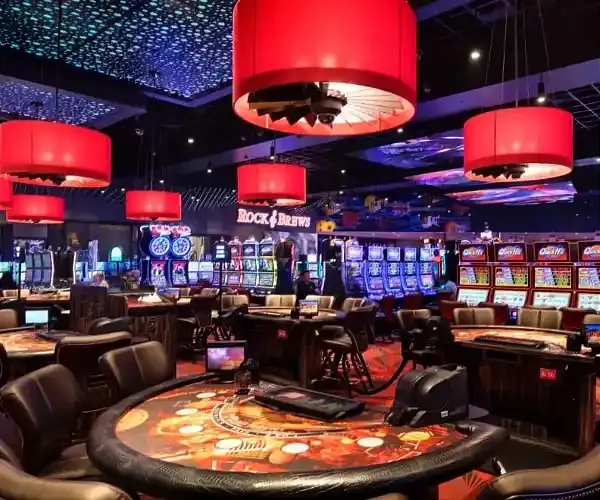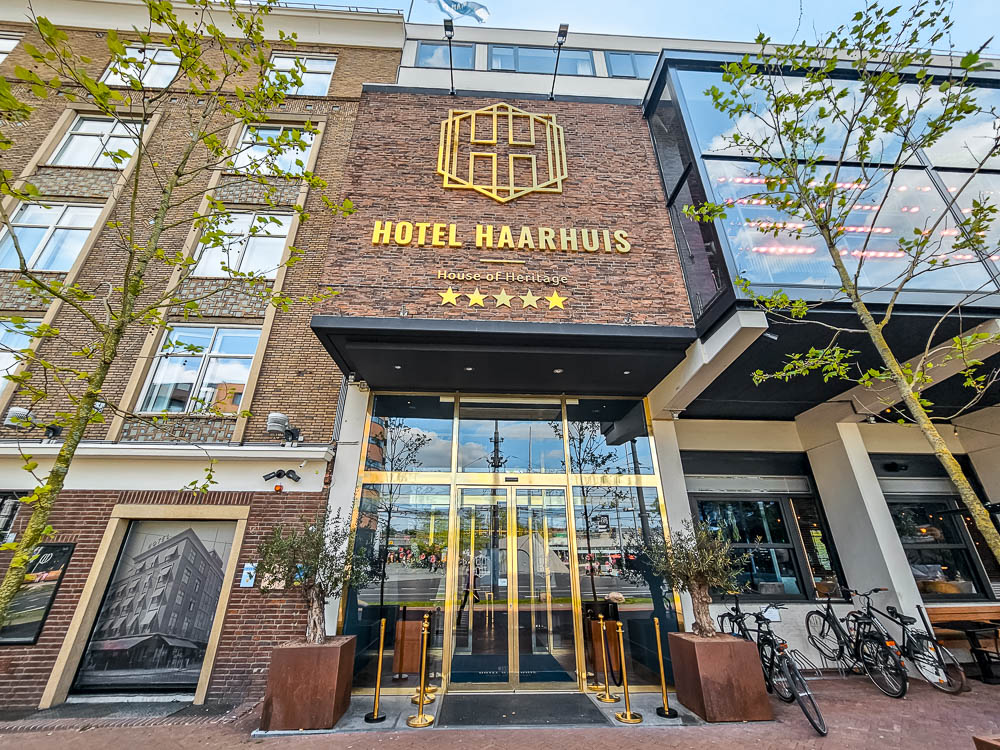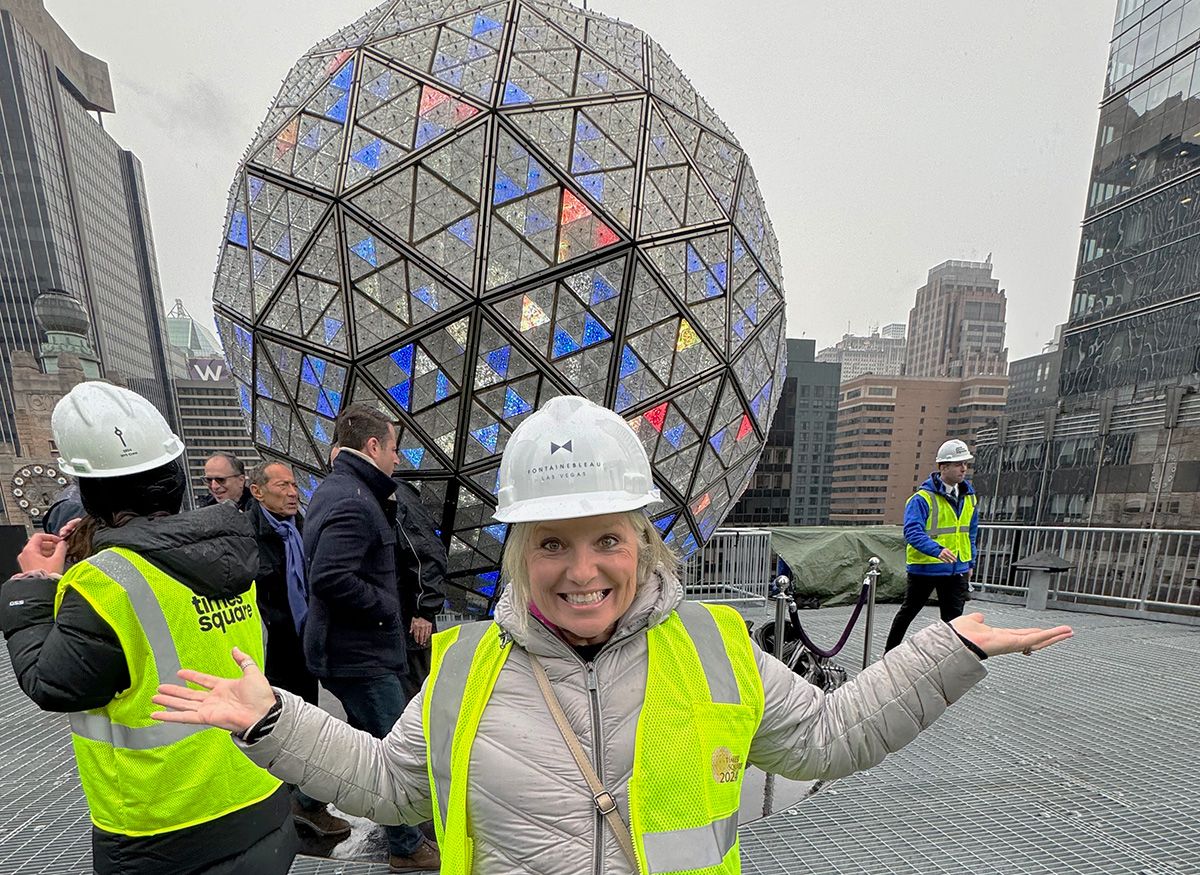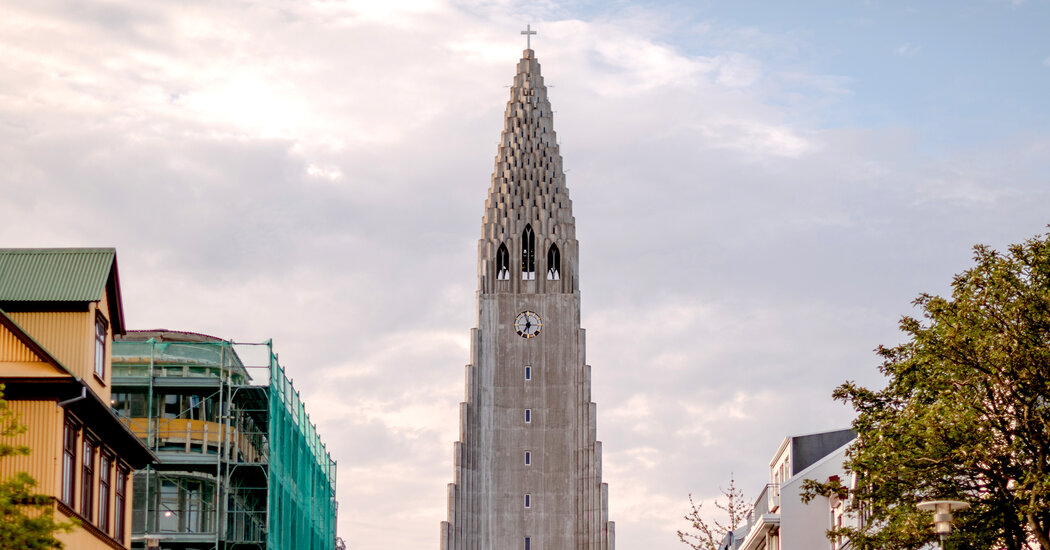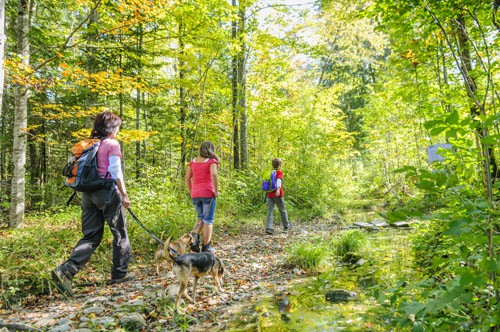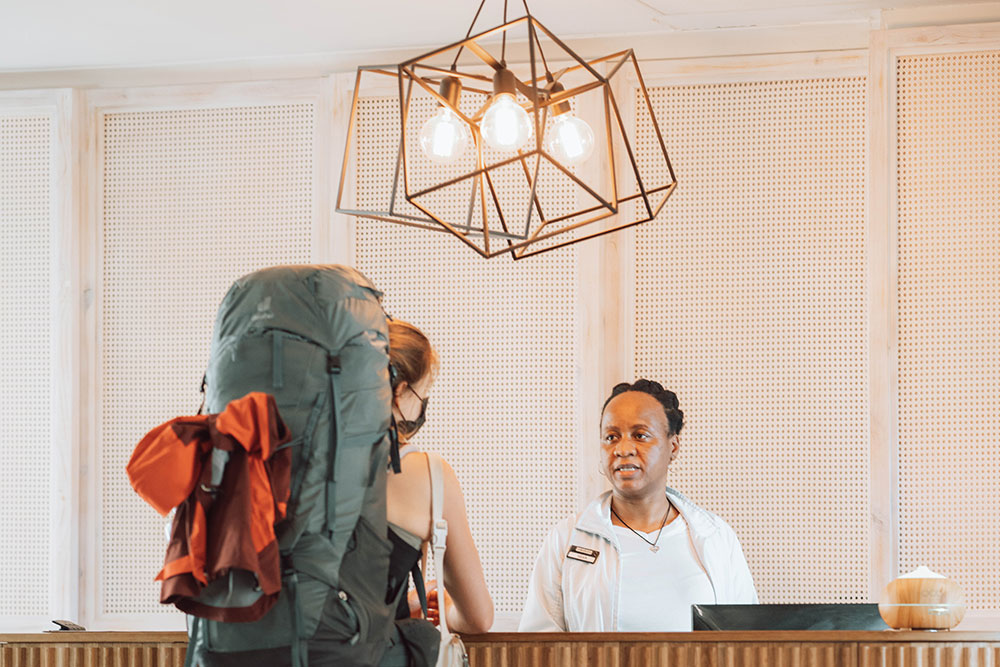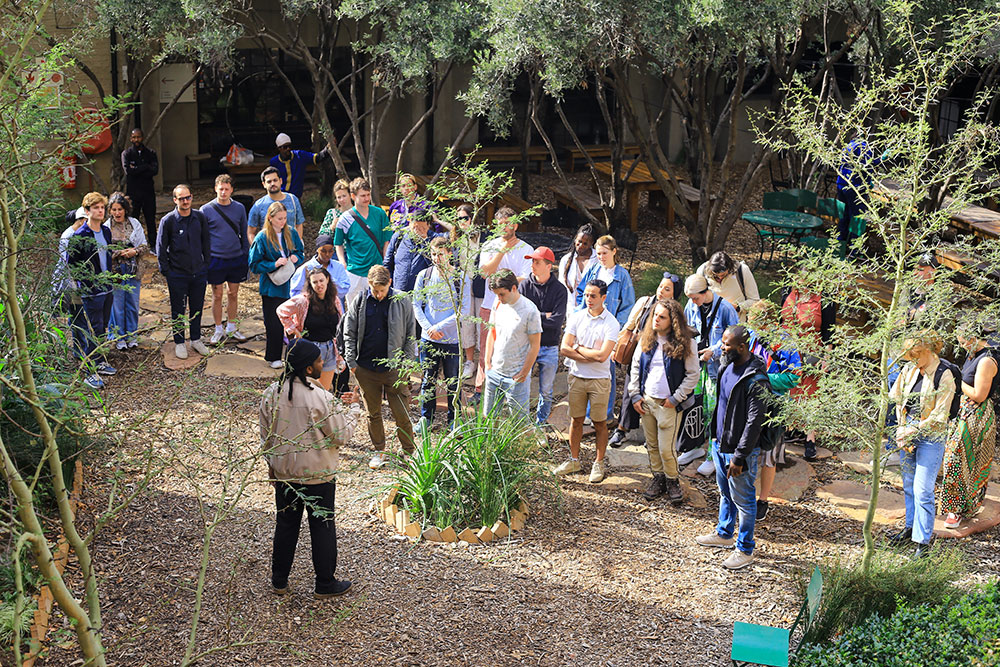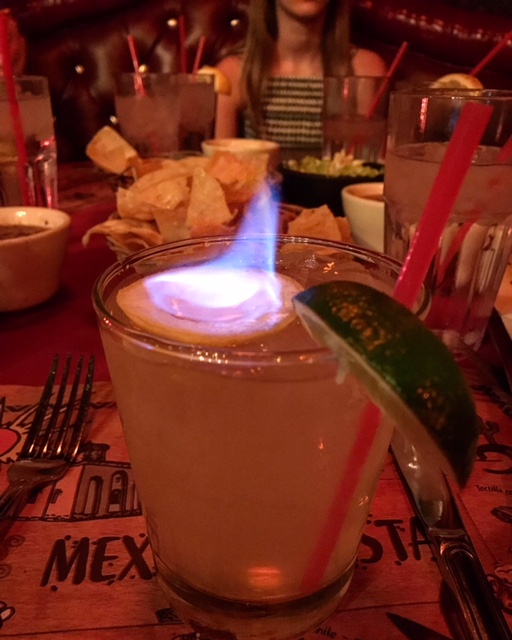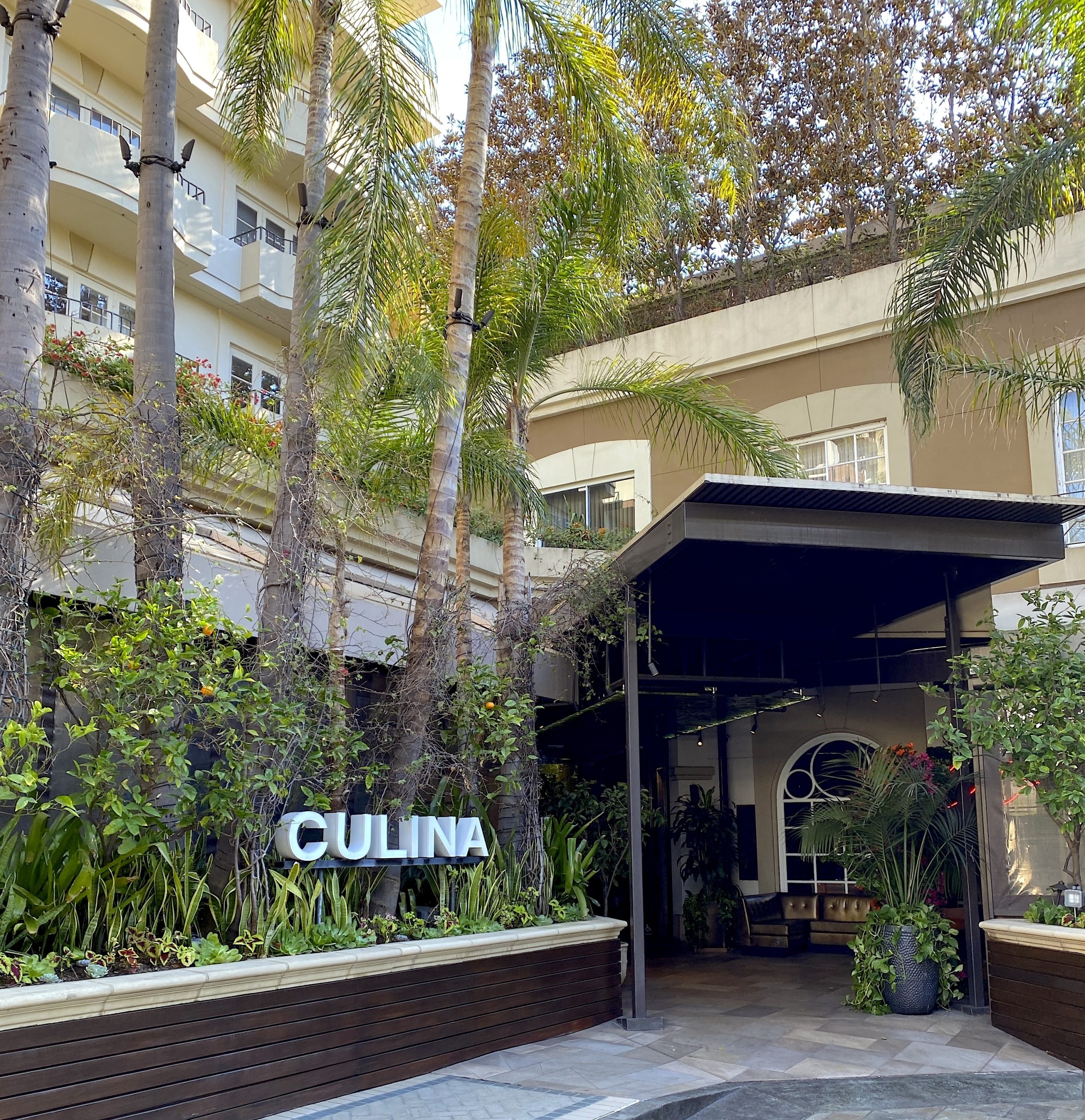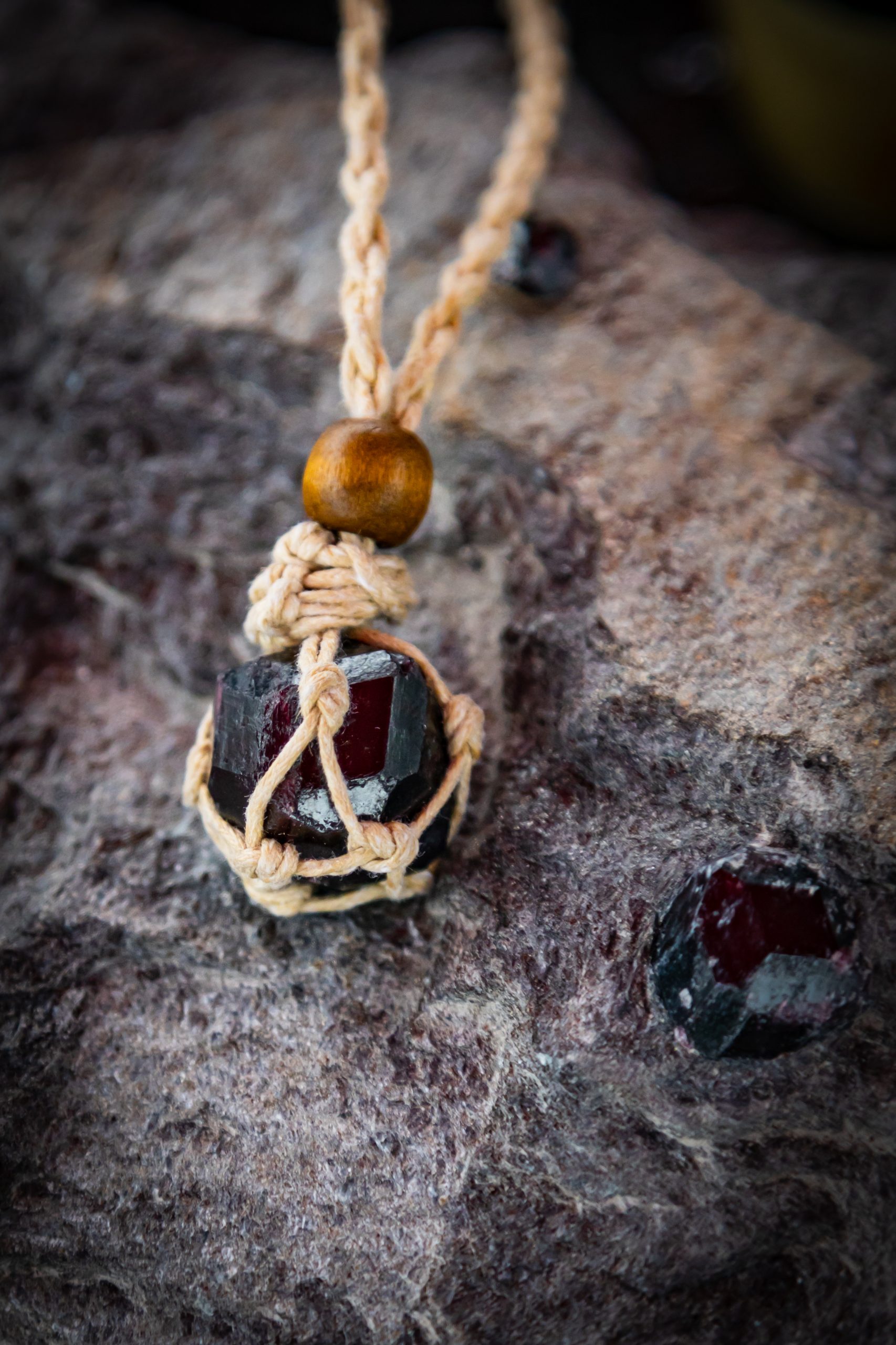
A Family Endeavor
The source of the garnets is an above-ground mine located approximately seven miles from Wrangell near the mouth of the Stikine River at a place aptly named “Garnet Ledge.” Garnets are crystalline gemstones formed under great heat and pressure that are translucent and red. At this location, they are embedded in a bedrock layer made up of very hard schist.
The first documented commercial use of this site dates back to 1907 when two sisters formed the Alaska Garnet Mining and Manufacturing Company, reportedly the first all-female owned corporation in the U.S. This endeavor did not use the garnets as gemstones, but rather made them into sandpaper, which they produced into the 1930s. Ownership of the site changed hands several times over the years, and in 1962 it was bequeathed to the Boy Scouts of America from then owner, Fred Hanford. A stipulation that he included in his will stated that the grantees “Shall use the land for Scouting purposes and shall permit the children of Wrangell to take garnets from there in reasonable quantities.” In 2006, ownership of the site transferred to the Presbyterian church; however, the stipulation about children remains in place.
Today, as many as 10 different families participate in a tradition of mining and selling garnets that has gone on for generations. For many years, garnets were sold at the state ferry terminal to locals. But in recent years, with an uptick in visits from smaller cruise ships, the children have been seeking larger crowds with deeper pockets.
One family in particular has been mining Garnet Ledge for several generations. Thirteen-year-old Bella Ritchie proudly told me, “I’m sixth generation Wrangell and my great grandma was selling the garnets here when she was young, so it’s been going on for a long time.”

Over the years, the process and methods have not changed much. Bella’s mom, Bonnie, explained to me how it works. They begin by gathering everything they will need to support their family of five to survive in the Alaskan wilderness for a week. This includes food, clothing, water, firewood, first aid supplies, sleeping bags, and a rifle. And of course, there is all of the mining equipment, including hammers, chisels, crow bars, buckets, gloves, and packs. All of this stuff is then squeezed into totes to protect it from the elements for the seven-mile skiff ride.
A public Forest Service cabin a relatively short walk from Garnet Ledge really cuts down on the packing list. As public use cabins go, this one isn’t too busy and reserving it usually isn’t a problem. The A-frame structure provides the perfect base camp for mining operations.

After transferring all of their gear from the skiff up the beach and into the cabin, the family sets out to work. Walking the muddy trail to the site through the alder, devil’s club, and spruce/hemlock forest takes about half an hour, depending on the stride of the shortest legs. Older generations talk about picking up loose garnets directly out of the stream, but nowadays garnets need to be chiseled out of bedrock. To facilitate the work for the children, an adult hammers out larger flakes of bedrock for the smaller hands to work. Bonnie explained, “We usually use a really big hammer and let the kids pound on rocks.” The kids need to be careful with their aim. “We try not to smash the garnets as we hit the rocks. You can usually use smaller tools to get them [the garnets] to pop out. A lot of garnets get broken along the way.”
The garnets that don’t break, ranging in size from marbles to golf balls, get thrown into backpacks. Then everyone takes the mile-long muddy walk back to the cabin, only to go back and do it all over again.
Knee-deep muck and thorny devil’s club aren’t the only potential hazards along the way. Bella told me, “There’s definitely a very high chance that you could encounter a bear—and a rifle is definitely something that you would want to have on you.” It is truly an endeavor unique to Alaska that a kids’ fundraiser would necessitate them to pack heat.
After five days of hammering, hiking, and humping rocks and garnets, everything gets packed up and loaded back into the skiff. The freeboard as well as the energy levels are both much lower on the return trip. “The ride home is often miserable,” Bonnie admitted. “And that is when the work is just beginning.”

Once the garnets are back home and cleaned up, the kids essentially need to come up with a business plan. Jack Carney has five kids who have sold garnets in Wrangell over the years. “The mining is just hard work. But it’s more than that,” Jack told me. “They have to decide how they are going to market it. Are they just going to ask for the money? Are they going to be a good host? Are they going to smile and say hello to everybody that walks by? Or are they just going to sit there and count their money? What is the story that they are going to pitch to the tourists?”

His son, Jackson, got so into it that the tour boats dubbed him “The Rock Man.” He ran with it and made signs and business cards for promotion when he was only nine years old. “So, he not only learned entrepreneurial skills,” said Jack, “but basic sales techniques, human psychology…not to mention the basic hard work of getting it all there.”
In the case of the Ritchie family, who convert some of their garnets into jewelry, they need to get to work designing, fabricating, and so much more.

While the kids might complain about working in the rain, swatting mosquitos, or having to spend extended periods of time with their siblings, these annoyances are far outweighed by the benefits. These kids are actually making money, which families put toward a variety of things. Some families have invested in education in the form of jujitsu and art classes. Others have set up college funds. More tangible items like a 4-wheeler and art supplies have also been purchased. There are also the many real-life lessons learned, from making a business plan to learning how to make conversation with visitors from around the world and connecting with them on a personal level—rare opportunities for any child anywhere. Bonnie said, “When the tourists ask us if they have started school yet, I say, this is it. This IS school!”
Publisher: Source link
Latest Posts
-
31 July 2025
-
26 July 2025
-
14 July 2025
-
01 July 2025
-
07 August 2025
-
29 July 2025
-
20 February 2025
-
04 February 2025
Newsletter
Sign up for free and be the first to get notified about new posts.
Get The Best Blog Stories into Your icountox!
Sign up for free and be the first to get notified about new posts.

